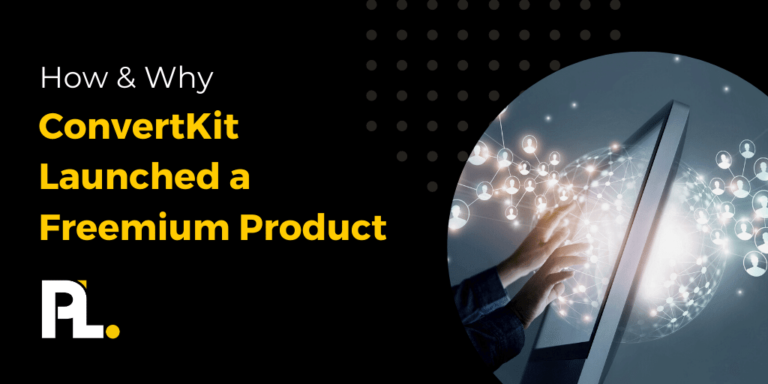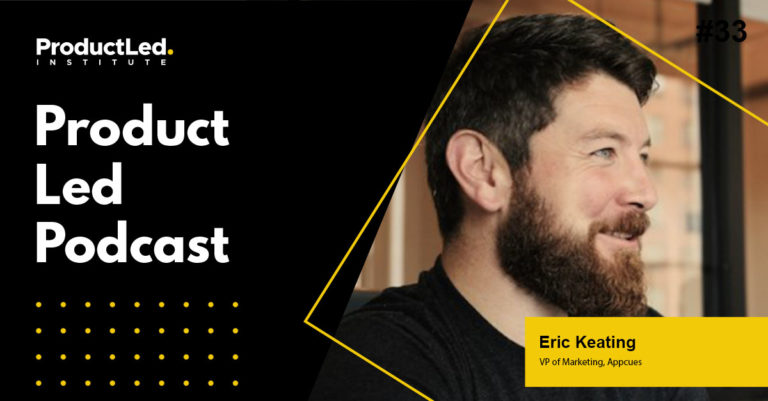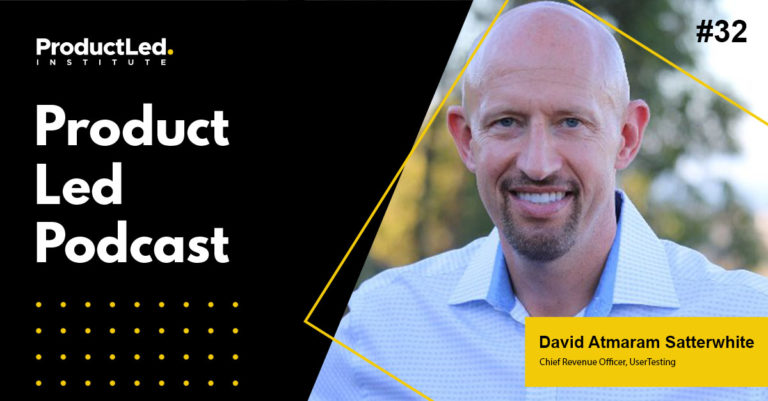A value engine maps every user interaction from the first touchpoint to the moment they upgrade.
Doing so shows how value is created and captured at your company.
In this article, I’ll guide you on creating a value engine for your product-led growth (PLG) company.
We’ll explore what a value engine is, how it benefits your business, and the three components you must meticulously evaluate so you can create one yourself.
Let’s get started.
What is a value engine?
A value engine gives you a clear picture of how your company creates and captures value.
This includes the first touch point, sign-up, users getting value in your product, free users becoming paying ones, turning them into successful customers, and so much more.
For product-led companies, this means taking a granular look at what happens during user acquisition, engagement, and monetization.
Before we get into these three components, let’s explore the importance of value engines for a general understanding of what they look like.
The importance of creating value engines
Product-led growth (PLG) is all about delivering value to users value before monetizing.
Your team should be constantly asking: how can we create more value?
Answering this question begins with a look at your value engines.
By mapping out your value engine, you get a holistic understanding of what your company already has in motion that is already generating measurable value.
And paired with the right data, value engines will help you uncover the bottleneck in your business, so you can set up good experiments that make an impact.
What does a value engine look like?
There’s no right or wrong method for creating value engines.
The process can be as simple as having a meeting to discuss every step that goes into acquiring, engaging, and monetizing users. If your team works remotely, use a platform like FigJam or Miro to collaborate on value engine mapping. If you're in an office, use Post-its and a whiteboard.
Here’s an example of what the end result will look like.

Three components you need to evaluate in your value engine
The value engine of a product-led company encompasses three crucial elements:
- Acquisition
- Engagement
- Monetization
This section will dive into each component, and I'll show you an example with Google Analytics.
It’s important to note that you will have multiple value engines if your company offers multiple products.
However, to get started, just focus on the value engine for your core product.
The Acquisition Component
The acquisition component of a value engine has two parts.
- First, you must understand how users land on your website. Pinpoint the channels responsible for driving traffic to your site, be it Facebook ads, blog posts, newsletters, or others.
- The next step is determining where people land on your site. Pinpoint where they land and then how they can sign up. Do they primarily land on your homepage or a specific landing page?
Here’s an example for Google Analytics.

Next up is engagement.
The Engagement Component
Engagement focuses on how you create value.
Keep the following four elements in mind when filling out this part of the value engine:
- Profile: Do you ask users questions to better understand their needs and how your product can better serve them? If so, add this to your value engine.
- Setup: Analyze all the tasks required for users to set up their accounts and complete onboarding. Your setup can be as complex as uploading a JavaScript to complete signup or as simple as answering a few questions to personalize a user's account experience. If you email prospects to remind them to complete sign-up, this is yet another action to include in your value engine.
- First Strike: Evaluate and account for all the steps users take in your product to reach the First Strike – the moment they experience core value for the first time.
- Key Usage Indicator (KUI): KUIs signal that a user has received sufficient value in the product to make a purchasing decision. It’s at this point that a user becomes qualified to upgrade. Here, the primary focus is whether they’ve developed a habit of your product. Typically, this means that a user finds three features in your product valuable and has experienced that core value product at least three times.
Here’s what it looks like for Google Analytics.

You can learn more about these metrics here.
The Monetization Component
Think about all the steps that go into upgrading.
The upgrade process for a self-serve model is straightforward, but if you have a product-led sales model, users will need to talk to sales at some point. In this case, your value engine will include clicking on the “book a call” CTA and documenting what goes on in that meeting.
Account for all of these steps in your value engine.
Here’s what this looks like for Google Analytics.

The benefits of creating a value engine
When done correctly, value engines can benefit your company in many ways, including:
- Identifying instances where users aren’t engaging with your product.
- Evaluating how you’re serving users and where there’s room for improvement.
- Recognizing whether users feel overwhelmed by too many steps in upgrading.
- Questioning the effectiveness of current steps.
And when you pair your value engine with the data you’ve collected, you’ll be able to spot quickly where the bottlenecks are in your business. It also equips you with the understanding needed to explain why it’s happening and what you can do to fix it – so every experiment you launch makes an impact.
How to build this out
Start by meeting with your core leadership with representation from the acquisition, engagement, and monetization side. The right people will help ensure every step is mapped out correctly.
But by the end, you should have something that looks like this.

Creating value engines falls into the process component of the ProductLed System™️. It's the very first step to creating a growth process that will allow you to launch experiments that have a big impact.
The ProductLed System™️ is a comprehensive go-to-market system that includes the nine key components that make up a successful product-led business.
You can implement everything in the process component by reading this article on how to identify and pull your #1 growth lever every 7 days.
Alternatively, if you’d like to work with a coach to implement the process component into your business, check out ProductLed Academy.
It’s our intensive coaching program where we’ll help you build a strong foundation for product-led growth so that you can scale faster and with more control.
What’s unique about this program is we’ll work with you and your team to implement the proven ProductLed System™️ so that you can scale faster with less stress.
We’ll review everything we went through today (and a ton more!) with your team to ensure everyone is aligned on data.









